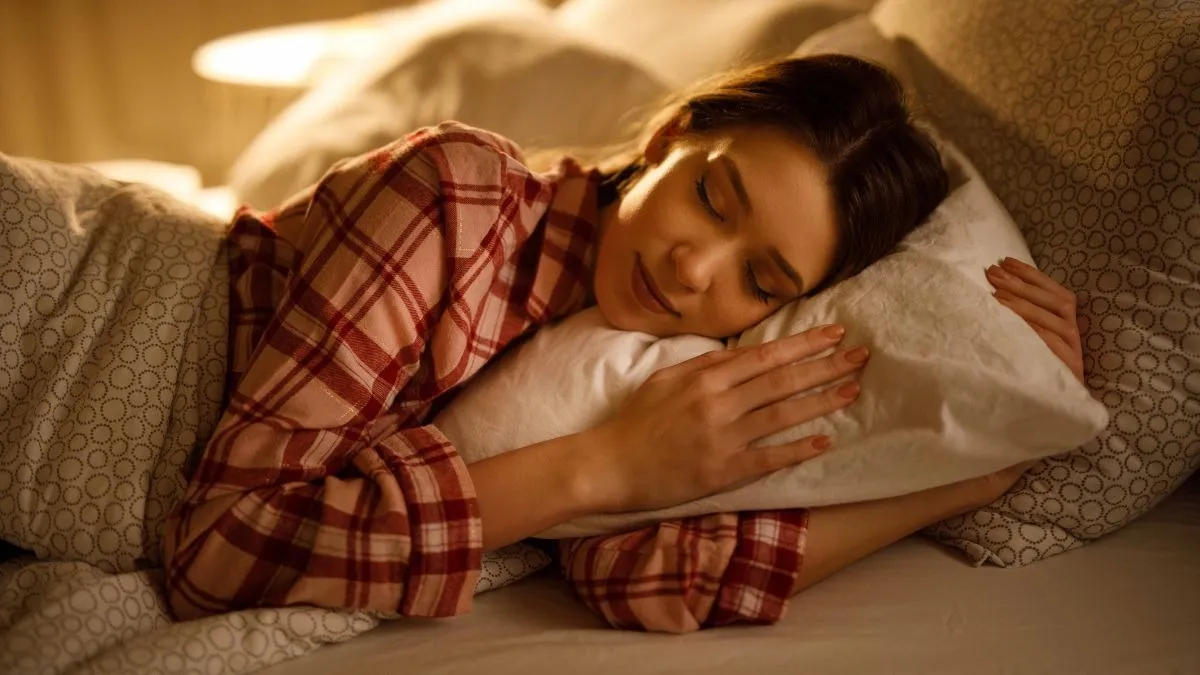How to Improve Sleep Hygiene with the 3-2-1 Rule

What is Sleep Hygiene?
Sleep hygiene is vital for achieving restful and uninterrupted sleep. Dr. Pujan Parikh, a pulmonary medicine consultant, highlights its role in overall health. Good sleep hygiene involves practices that facilitate consistent quality rest, essential for physical and mental functioning.
Understanding the 3-2-1 Sleep Rule
The 3-2-1 sleep rule is an effective guideline to enhance sleep quality. It suggests:
- Three: No alcohol intake three hours before sleep.
- Two: Finish eating two hours before bed.
- One: Cease fluid intake one hour prior to sleeping.
By adhering to these steps, you can significantly reduce sleep disturbances. Additionally, Dr. Manjunath points out that this rule is a simplified version of the 10-3-2-1-0 rule, which encompasses caffeine restrictions and morning habits.
Benefits of the 3-2-1 Rule
Implementing the 3-2-1 rule can lead to:
- Improved sleep quality
- Fewer nighttime awakenings
- Better digestion
Considerations
While this rule enhances sleep hygiene, it might feel restrictive for individuals with busy schedules or specific health needs. Always consult with a healthcare professional if in doubt.
Conclusion: Can the 3-2-1 Rule Help You Sleep Better?
The 3-2-1 rule demonstrates a structured approach to better sleep hygiene, promoting restorative sleep patterns.
Disclaimer: The information provided on this site is for informational purposes only and is not intended as medical advice. We are not responsible for any actions taken based on the content of this site. Always consult a qualified healthcare provider for medical advice, diagnosis, and treatment. We source our news from reputable sources and provide links to the original articles. We do not endorse or assume responsibility for the accuracy of the information contained in external sources.
This article was prepared using information from open sources in accordance with the principles of Ethical Policy. The editorial team is not responsible for absolute accuracy, as it relies on data from the sources referenced.